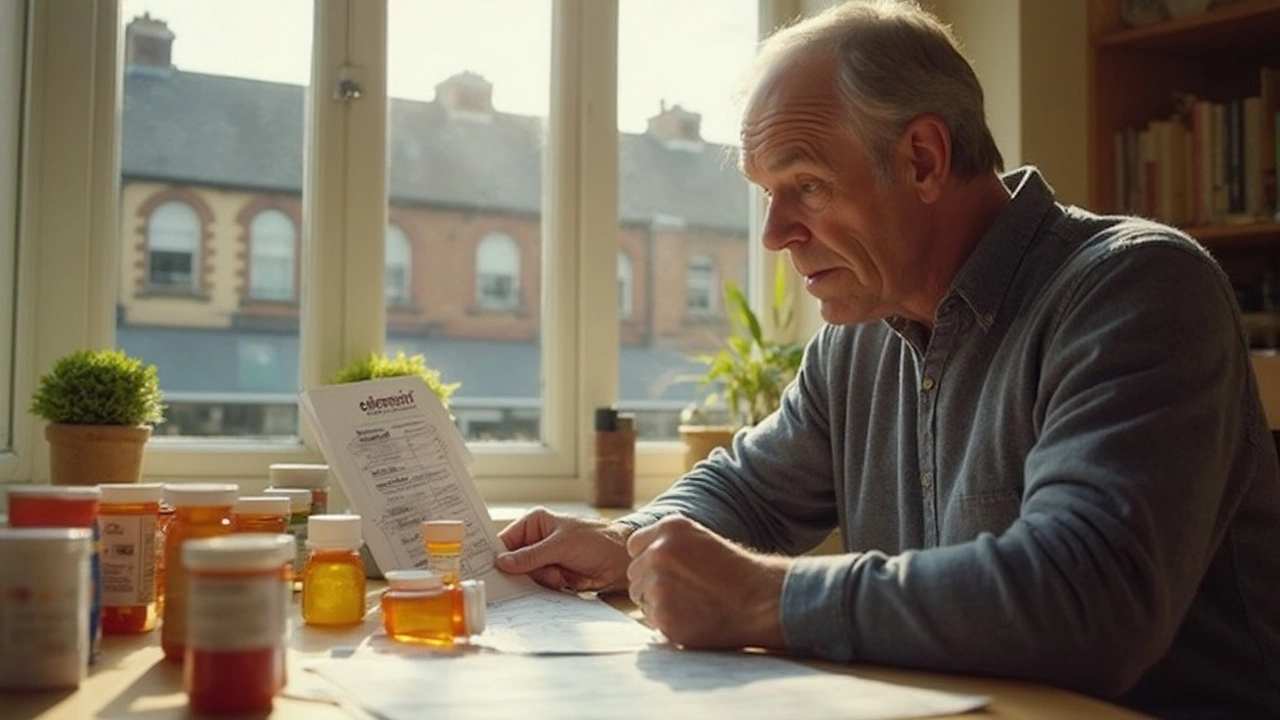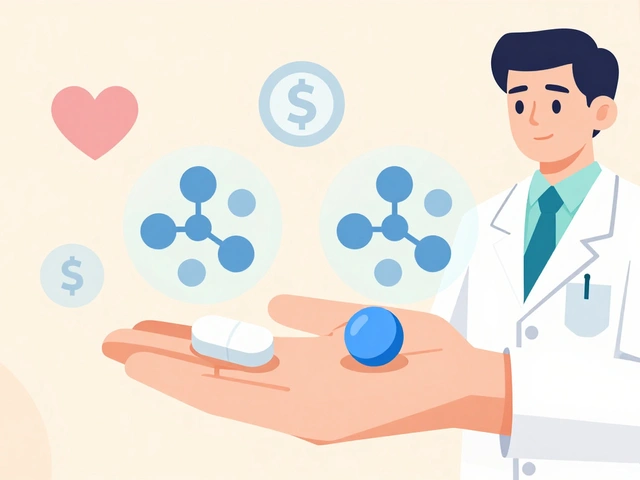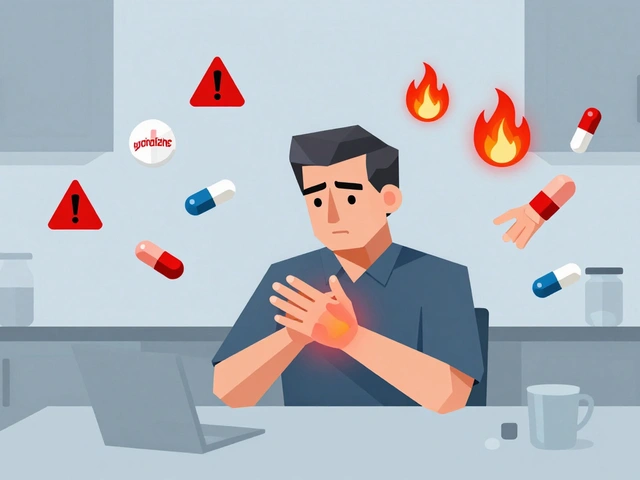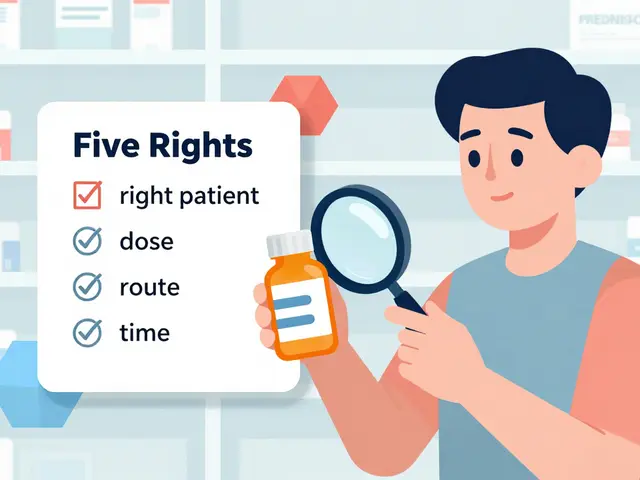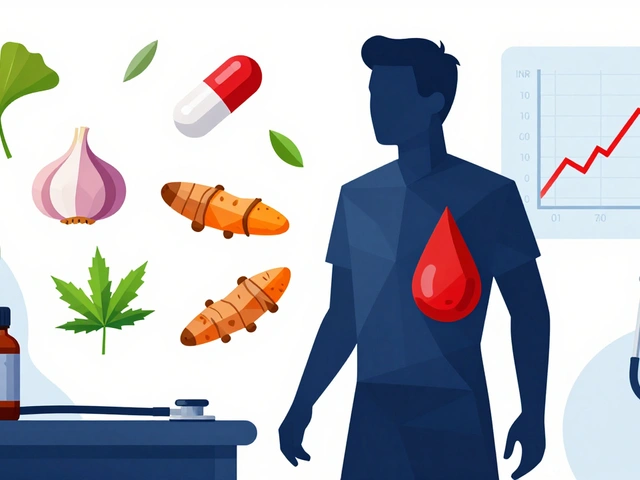Terazosin: what it treats and how to use it safely
Terazosin is a prescription medicine that relaxes certain muscles and helps blood flow. People usually take it for benign prostatic hyperplasia (BPH) to make peeing easier, and sometimes for high blood pressure. It can work quickly, but it can also drop your blood pressure suddenly if you don’t start it right.
How terazosin works and who takes it
Terazosin belongs to a group called alpha-1 blockers. It relaxes smooth muscle in the prostate and bladder neck so urine can flow more easily. For blood pressure it relaxes blood vessels to lower pressure. Doctors often start with a low dose at night, then slowly raise it to find the right balance between benefit and side effects. Typical starts are 1 mg at bedtime, then titrated up over weeks—your doctor will tell you the exact plan.
If you have trouble starting urination, weak stream, or you wake up at night to pee, terazosin might help. If your main issue is severe hypertension, there are other first-line options your doctor may prefer. Always follow your provider’s choice.
Tips, side effects, and safety
Common side effects: dizziness, lightheadedness when standing, tiredness, nasal congestion, and headache. The biggest practical risk is orthostatic hypotension — a drop in blood pressure when you stand up. That’s why doctors usually tell you to take the first doses at bedtime and get up slowly from sitting or lying down.
Simple safety tips: start low and increase slowly, avoid alcohol the first few days, stand up slowly, and don’t drive or operate heavy machines until you know how it affects you. If you’re also on other blood pressure medicines, or take drugs for erectile dysfunction (like sildenafil), talk to your doctor — combining them can cause an unsafe fall in blood pressure.
Call your doctor or seek help if you have fainting, very low blood pressure, chest pain, or a painful, long-lasting erection (priapism). Also mention any history of heart disease, kidney problems, or if you’re older — dosing and monitoring may change.
Want to stop or change terazosin? Don’t quit suddenly without talking to the prescriber. Your doctor will help you taper or switch based on your symptoms and other meds. If cost or access is an issue, ask about generics and prescription discount tools — many people find cheaper options that are safe and effective.
Looking for more? On this site you’ll find related posts about alternatives for blood pressure and BPH, medication safety, and tips for buying prescriptions safely online. If you’re unsure whether terazosin fits your situation, the best next step is a quick chat with your clinician — they’ll tailor the choice to you.
Terazosin is handy for managing high blood pressure and enlarged prostate, but its drug interactions can be risky—and often catch people off guard. This guide exposes which drugs to avoid, what happens if you don’t, and offers down-to-earth tips to keep you safe. Expect clear examples, smart facts, zero fluff, and advice you can actually use. Learn how to spot dangerous combos, deal with side effects, and talk to your doctor like a pro.
Continue reading...

